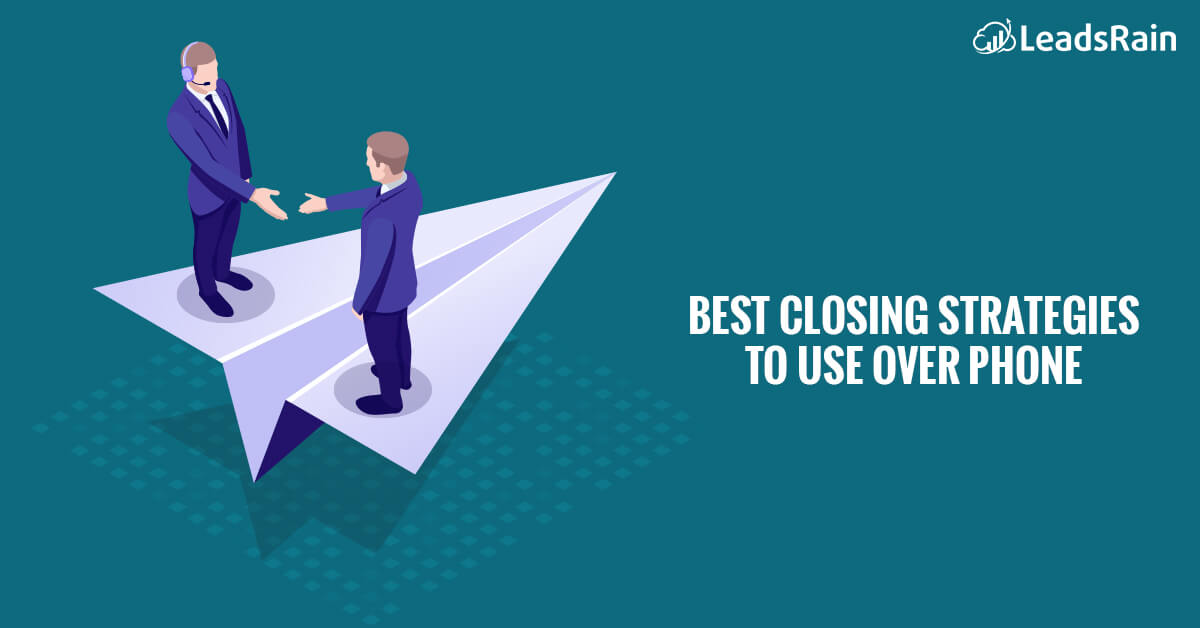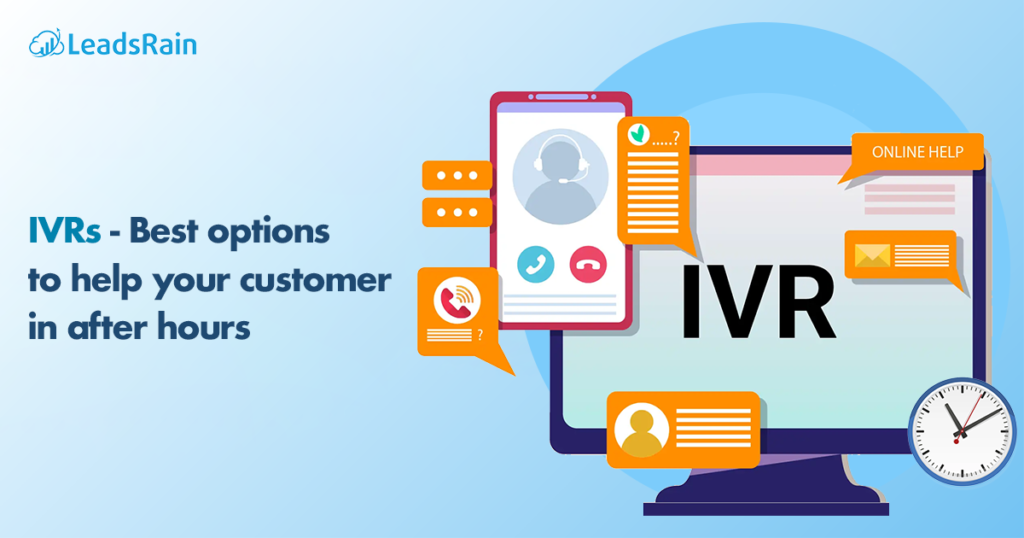Every business needs to close deals, and a salesperson’s success can be greatly increased by learning the art of closing. Telephonic sales are more crucial than ever in today’s age of remote communication; therefore, salespeople must improve their closing strategies to be successful on the phone.
Salespeople must rely on their tone of voice and communication abilities to persuade the prospect when closing a sale over the phone as opposed to in person. But closing over the phone may be just as successful as in-person sales if you use the appropriate strategies.
In this blog, we will explore some of the best closing techniques for telephonic sales and how you can use them to close more deals and grow your business.
Importance of Closing in a Telephonic Sales
As the prospect’s decision to buy occurs at the closing, it is a crucial part of telephone sales. The time and effort put into generating leads and developing a rapport with the prospect will be ineffective without effective closing strategies in telephonic sales using Predictive Dialer Software. The process of closing entails convincing the prospect to complete the sale.
The capacity to overcome objections, as well as effective communication abilities, are essential for the art of closing. Sales professionals can boost the number of leads they turn into customers by using effective closing strategies, which will raise revenue and spur business expansion. A persuasive closing speech that speaks to the prospect’s problems and emphasizes the advantages of the good or service might be the difference between making a sale and not.
Also, closure is crucial for creating a lasting relationship with the customer in addition to the instant transaction. A successful closing may leave the customer with a favorable impression, which may result in recurring business and referrals.
Thus, it is essential for sales professionals to understand the closing process if they are to meet their sales targets and cultivate a network of devoted clients.
How is Closing Different in Telephonic Selling from Personal Selling?
When agents are making sales over phone using Sales Dialer software and closing the deal it is quite a unique process in itself. Telephonic and Personal selling are two separate selling techniques that call for different strategies.
Here are three ways that telephonic selling differs from in-person selling when it comes to closing:
Nonverbal cues
Nonverbal clues like body language, tone of voice, and facial expressions are extremely important when it comes to completing the sale in personal selling. Nevertheless, because they cannot see the prospect when selling over the phone, the salesperson is unable to rely on these cues. Instead, they should concentrate on their language, tone of voice, and word selection in order to seal the transaction successfully.
Developing a rapport
By meeting the prospect in person and striking up a conversation, the salesperson can establish a rapport with them through personal selling. Yet, with telephone sales, the salesperson must connect with the customer as soon as possible because they have a limited amount of time to leave a lasting impression. In order to establish a connection with the audience and seal the deal, they must be succinct, convincing, and clear in their communication.
Follow-up
While conducting personal sales, the salesperson can follow up with the potential customer in person, which may be more beneficial for fostering a long-lasting relationship. However, telephonic selling requires the salesman to follow up via phone or email, which can be less intimate. As a result, it’s crucial to sustain the relationship and the prospect’s interest in follow-up communications by using the appropriate language and tone.
10 Closing Techniques to Use Over a Phone Call
1. Assumptive Close
Assuming the sale is a technique where you speak as if the prospect has already made the decision to buy.
For example, “When would you like your product delivered?” or “What color would you like your product in?”
2. Urgency Close
The urgency close is where you create a sense of urgency by highlighting the consequences of not taking action.
For example, “This offer is only available for a limited time,” or “We only have a few products left in stock.”
3. Benefit Close
The benefit close is where you focus on the benefits of your product or service.
For example, “This product will save you time and money,” or “This service will make your life easier.”
4. Fear Close
The fear close is where you highlight the consequences of not buying your product or service.
For example, “If you don’t buy this product, you could lose out to your competitors,” or “If you don’t use our service, you could miss out on potential revenue.”
5. Takeaway Close
The takeaway close is where you offer to take away something valuable that the prospect wants to create a sense of urgency.
For example, “I understand if you’re not interested, but we only have a few products left in stock,” or “If you’re not ready to buy today, that’s fine, but this offer is only available for a limited time.”
6. Alternative Close
The alternative close is where you offer the prospect two choices, both of which lead to a sale.
For example, “Would you like the standard package or the premium package?” or “Would you like to pay in full or use our financing option?”
7. Summary Close
The summary close is where you summarize the benefits and features of your product or service and ask the prospect if they have any questions or concerns.
For example, “We’ve discussed the features and benefits of our product. Do you have any questions or concerns before making a decision?”
8. Direct Close
The direct close is where you ask the prospect directly if they would like to make a purchase.
For example, “Would you like to proceed with the purchase?” or “Can I put you down for an order?”
9. Testimonial Close
The testimonial close is where you use testimonials from satisfied customers to persuade the prospect to make a purchase.
For example, “Our product has helped hundreds of customers like you. Here’s what one of our satisfied customers had to say.”
10. Silence Close
The silence close is where you wait for the prospect to make a decision and use silence to create a sense of urgency.
For example, “I’ll be quiet for a moment while you consider your options. When you’re ready, let me know what you’d like to do.”
Conclusion
Majority of businesses depends on their sales team who uses auto dialer softwares to talk to their prospect and try to close maximum number of deals over the phone. The ability to close deals over the phone effectively can significantly impact the success of sales. Sales professionals can establish a strong case for the consumer to buy by comprehending their needs, developing a relationship with them, and offering solutions.
Making use of strategies like the assumptive close, the alternative close, or the urgency close can help to conclude the sale and guarantee a win-win situation for the client and the company. Salespeople can improve their abilities and have more success in their phone sales encounters through practice and perseverance.




